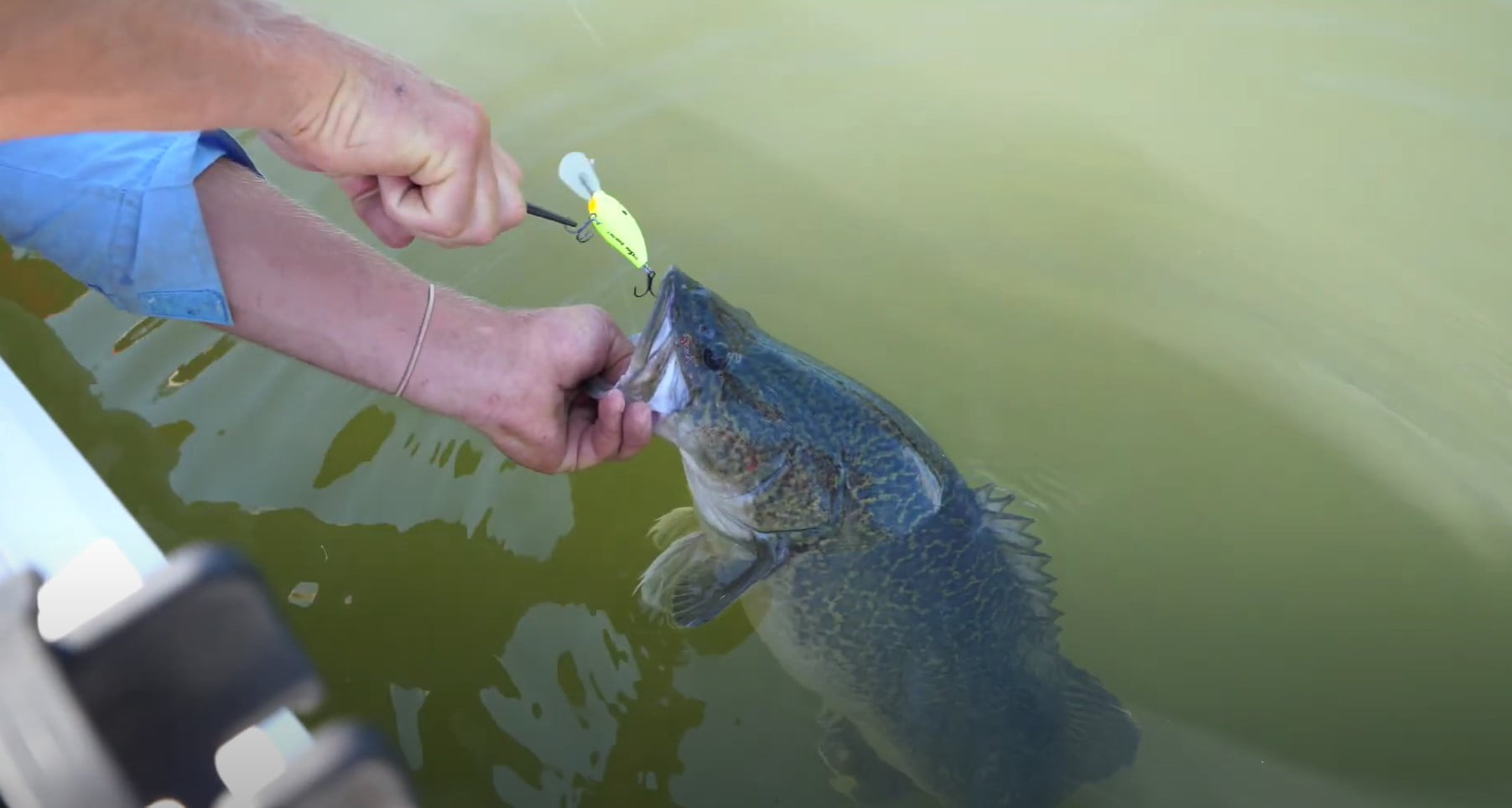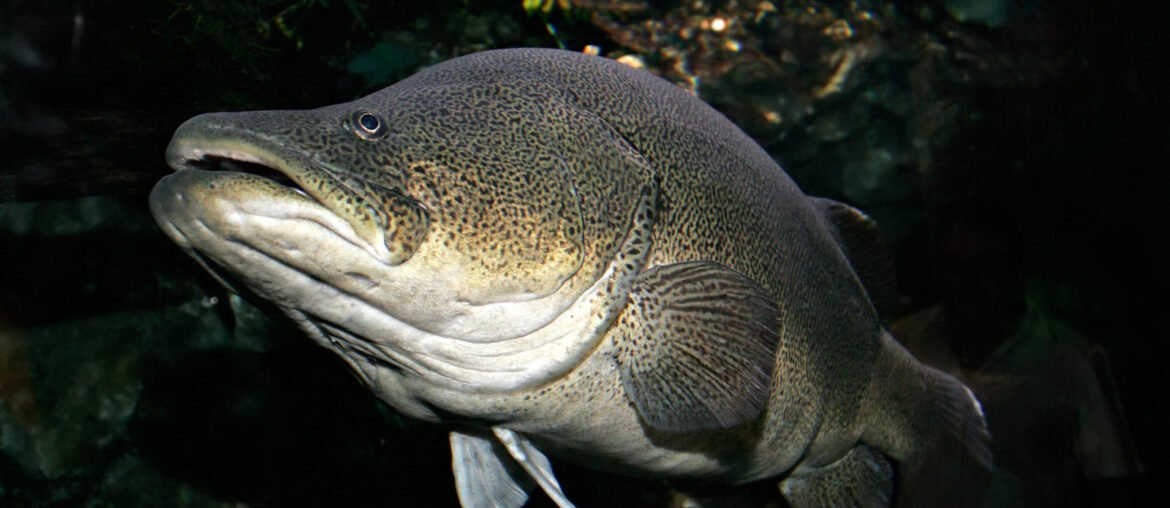Freshwater fish breeding behaviours can be highly diverse, yet the field remains significantly under-researched. Australian freshwater fish species, in particular, exhibit a large variety of mating behaviours, and understanding these can improve our management and conservation strategies to better protect our iconic native species.
Australia’s threatened Murray cod species, found predominantly in the Murray-Darling Basin river system, has seen a drastic decline in numbers in recent years due to overfishing and environmental changes. The iconic Murray cod is Australia’s largest freshwater fish, growing to 180cm in length and 100kg in weight. Its large size makes it a predator on many other smaller native fish and terrestrial species.
Despite this, it remains a threatened species under Australia’s Environment Protection and Biodiversity Conservation Act (1999).
A recent study by Couch, Dyer and Lintermans (2020), funded by the Australian Government and ICON Water, has studied the breeding behaviour of Australian native freshwater fish, particularly the Murray cod. The study had surprising findings that have the potential to change the strategies we currently use for management and conservation of the species.
Long-term pair-bonding
The study found that male Murray cod are not only the primary parental care for eggs and larvae for the first 20 days, but they also mate with the same female over multiple years. Full siblings were found amongst the fish populations from different breeding seasons, which suggests the same male and female parent fish were pair-bonding (breeding) across multiple years.
The study found four full sibling pairs out of the 35 analysed, which may not seem like a high number, however, it is theorised that recreational fishing may reduce the likelihood of multi-year pair-bonds, as it eliminates some adult fish from the breeding pool every year. Despite fishing regulations that enforce catch and release of the Murray cod during spawning season, there is still an impact on the natural breeding process of the species. The stress that catch and release fishing causes female fish has been shown to result in many fish reabsorbing their immature eggs (oocytes), meaning she won’t breed for that season. The female is then less likely to search for a breeding opportunity, and will return to her home territory. Similarly, if the male is caught and released out of his nest territory while nest guarding there will be a disturbance to the survival of the offspring.

Murray cod fingerlings. Photo credit: Narrabri Fish Farm

Responsible fishing of Murray cod, Photo Credit: Victorian Fisheries Authority
The finding that Murray cod can have monogamous pair-bonds over multiple years is likely to stem from a highly competitive territory and mating environment, which means the fish are more likely to bond with one fish multiple times to increase their chance of producing offspring. The Murray cod also generally lives a long life of up to 50 years, matures slowly and tends to stay in one area throughout their life. These are all factors that are associated with long-term pair-bonding and monogamy.
It is still unclear into how these findings will translate into changes to our management and conservation of this iconic native fish, however, it is hoped further research will be conducted into this.
Featured Image: Murray Cod swimming at Melbourne Aquarium. Photo credit: Fir0002/Flagstaffotos | Licence



